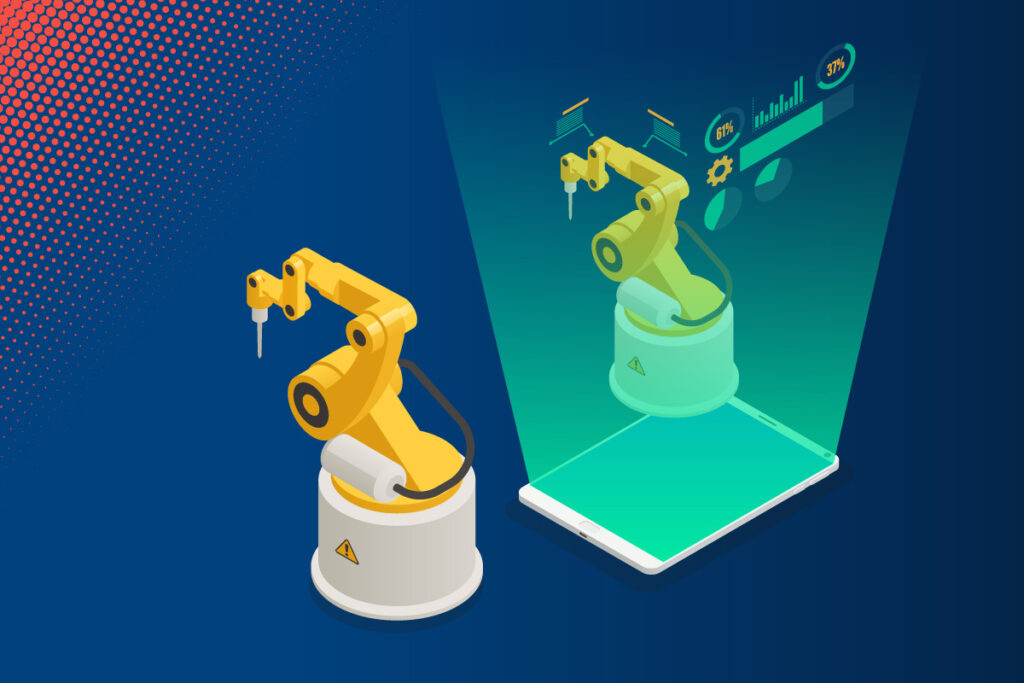Smart Information for Digital Twins
Have you ever heard of a “digital twin”? This is a hotly debated concept in the field of digitalization. Essentially, it can be explained as follows: On the one hand, we have the product, which might be a device, a machine, a system, or something else altogether. Now, we create a complete model of the product on the computer, with all its various properties. What are the product's dimensions? What is the power consumption of its motor? Which components are built-in? All of this information helps to produce an extremely detailed, complete model of the product.

However, the digital model of the product includes more than just its properties. The digital twin is also intended to encompass the circumstances in which the machine finds itself. For example, whether a component is currently in operation, when the next maintenance appointment is scheduled, how the machine is currently configured, and much more. These aspects are also modeled in the digital twin, and can be controlled from there.
Let's take the idea one step further. Service technicians can then use the digital twin to assess the status of the machine in the case of repairs or maintenance. They can extract the necessary data, and order the part needed via materials management. As regards planning, the technician can directly access a PDF of the 236-page maintenance handbook from the digital twin, and search for the relevant maintenance procedure.
But wait! You might be thinking that all this doesn't sound particularly efficient – and you're right. After all, if the digital twin provides a detailed model of the product, the accompanying information also has to be intricately linked with this twin. In essence, the digital twin requires a "digital information twin". From this perspective, product information is therefore an additional layer of information within the digital twin that allows human operators to interact with the digital twin in a way that is tailored to the particular situation.
However, this requires corresponding information modeling – and that means smart information, not just the usual dense, complex text Smart information starts with proper structuring of the content. Traditional, chapter-based manuals are hard to transform into a digital information twin. The content of the manuals must be structured in a modular, topic-oriented manner. The relevant structural unit is not a complex chapter, but might instead be an individual sequence of actions, a component description, or a warning notice. This offers a range of advantages, including the fact that this tailored information can be precisely linked to particular components or usage situations.
However, one question remains: How do the information units know which part or parts of the product they correspond to? This is where metadata comes in, which can be used to control how the information is assigned with respect to the digital twin. Metadata can be generated for each content unit in the form of conceptual systems like taxonomies and ontologies. This makes it possible to assign those content units to components, phases in the product's life cycle, target groups, and much more. Moreover, versioning mechanisms can be used to control which version of the information is applicable to which product. For example, it is possible to ensure that the user interface for a new model is not displayed for an older product version and vice versa.
All in all, although integrating smart information into a digital information twin is no mean feat, a powerful Component Content Management System like SCHEMA ST4 makes the process a whole lot easier, as it comes with all the mechanisms needed to create and manage smart content as standard.